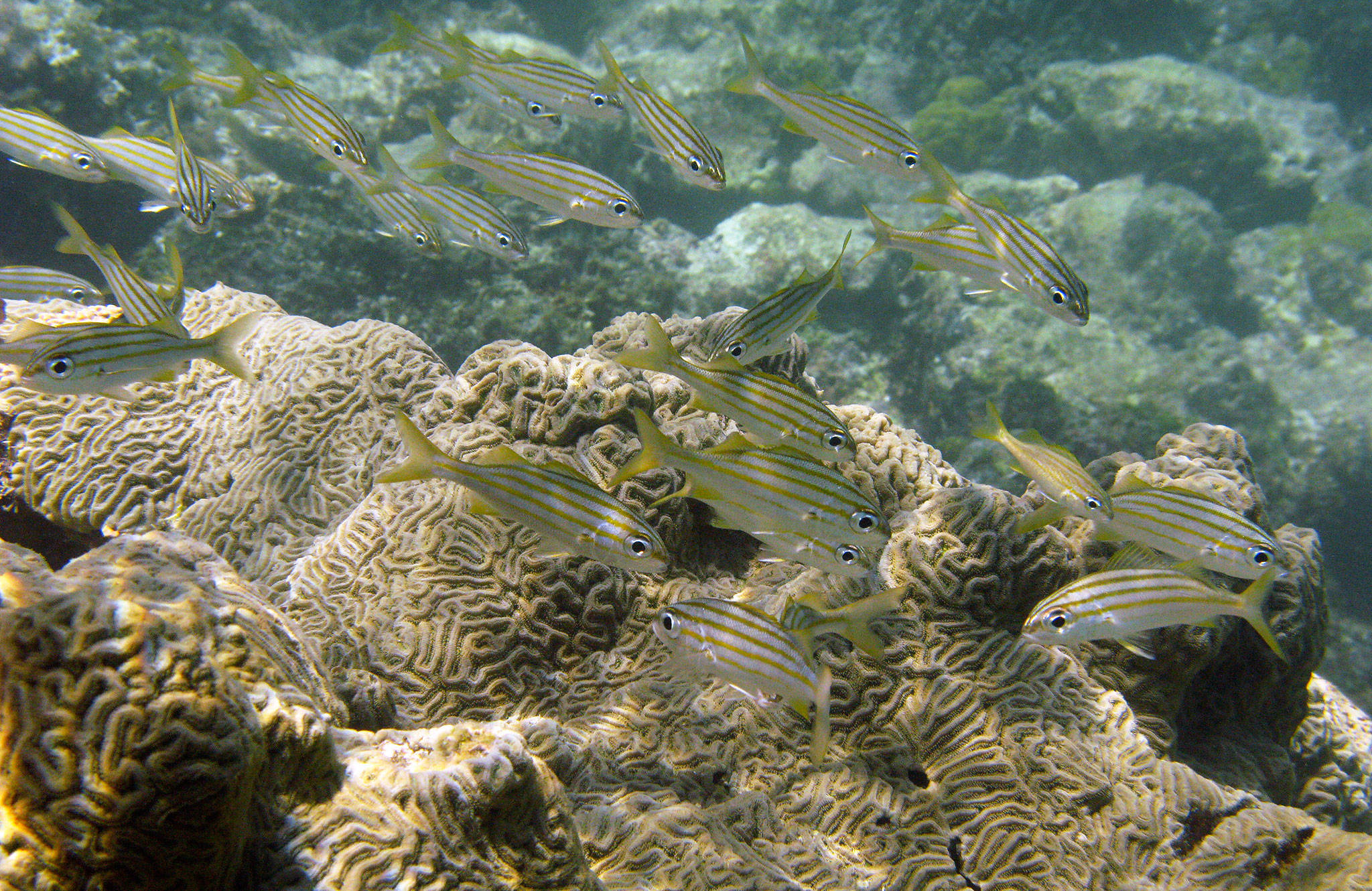By The Herald Editorial Board
With the permission of mothers, allow us to turn attention from moms on their special day to a related subject.
Of anyone, however, mothers would be the ones who can most easily empathize with a life-giver who provides everything she can to her children and often does so with too-little appreciation or even realization of the toll that her generosity has taken on her.
Happy Mother’s Day, Mother Nature. We got you a card.
Not a card, really, but an exhaustive 1,500-page report compiled over the past three years from thousands of scientific reports by hundreds of international experts that begins to recognize how human activity now threatens the extinction of a million species, what that could mean for human survival and what we must do to slow the progress of that threat.
Released last week by a United Nations panel of 132 nations, including the United States, which signed off on its findings, the report warns that over the past century as the world’s population has grown past 7.7 billion people, the abundance of plant and animal life has fallen by more than 20 percent. Of an estimated 8 billion species of plants and animals — of which only 1.3 billion have been catalogued by scientists — an estimated 1 billion distinct species could go extinct within decades if current trends are allowed to continue. Among those 1 billion species threatened with extinction are 40 percent of amphibian species, a third of corals and a third of marine life.
The report doesn’t provide a detailed timeline of species extinction, but some could vanish in a matter of years. One group of Antarctica’s emperor penguins, for example, has not seen the hatching of a live penguin chick in three years. Washington state residents know all too well the threat posed to the specific population of Southern Resident orca whales that now number only 74 and struggle with malnourishment, pollution and harassment. There are other populations of the orca species, but all face similar threats.
Human-caused climate change, not surprisingly, is a factor in the threat of extinction as it shrinks and shifts habitat that plants and animals had adapted to. But those impacts have been compounded by further loss of habitat, pollution, degradation and deforestation for resource extraction and agriculture, overfishing and related impacts.
Warming seas and ocean acidification, for example, threaten coral reefs that provide habitat for a web of fish and marine life. Paired with overfishing, the loss of habitat threatens a collapse of commercial and indigenous fishing on which billions of people in coastal communities rely.
While insects make up a large portion of those 8 million of earth’s species, humans are reliant on the lowly bugs, not only as the base of the food web but as pollinators for agricultural crops. Agriculture’s overuse and misuse of pesticides and other pollutants threaten the invaluable assist provided by bees and other pollinators for about $577 billion in annual crop production.
Like a block of wood in a game of Jenga, humans are perched at the top, threatened by each block removed below them.
“For a long time, people just thought of biodiversity as saving nature for its own sake,” said Robert Watson, chairman of the U.N. panel, The New York Times reported. “But this report makes clear the links between biodiversity and nature and things like food security and clean water in both rich and poor countries.”
The report allows for hope but hope that will require more than piecemeal efforts to protect individual species.
Fortunately, much of what already has been discussed to address climate change will be effective in saving species from extinction. Beyond efforts to reduce greenhouse gas emissions to curb climate change, the report also details recommendations for new agriculture practices to grow more food on fewer acres of land; efforts that cut down on the waste of food; reduction of packaging, in particular nonrecyclable plastics; strengthening of laws to reduce pollution and protect the environment; and greater efficiency in the use of resources and energy.
The report is only the start for the U.N. panel and the nations that have adopted it; during the next two years, representatives will gather for a series of meetings to discuss policies and programs.
The task is daunting, but not impossible. Encouragingly, we have seen at state and national levels that meaningful legislation can be adopted. Last Sunday, we outlined just some of the environmental gains passed by the Washington Legislature during its recently completed session, including legislation that promises to advance clean energy, limit pollution, protect habitat and save populations of chinook salmon and killer whales. And Congress, at the start of the year, passed an omnibus bill that included more than 125 individual bills that have expanded protection of public lands, wildlife habitat and natural resources.
Mother Nature, like all mothers, has generously provided for us; we owe her our appreciation — and help around the house — in return.
Talk to us
> Give us your news tips.
> Send us a letter to the editor.
> More Herald contact information.

























